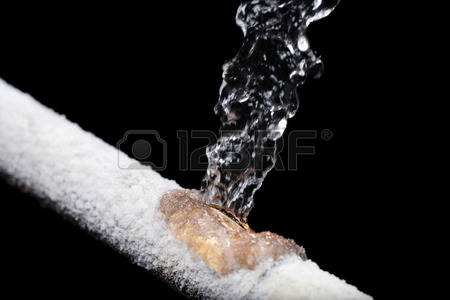Keeping Pets Safe on Halloween
It’s almost Halloween! Costumes are purchased. Decorations are in place and treats are being prepared for visiting trick or treaters. Everything seems in place, but what about our pets? Pets enjoy Halloween too so how do we keep them safe?
Candy, especially chocolate is a significant danger and can be poison to our pets. Chocolate is dangerous for two reasons. First, chocolate contains two chemicals-caffeine and theobromine which are stimulants. Symptoms can begin in 6-12 hours after ingestion. These symptoms can include panting, hyperactivity, increased thirst and urination. High concentrations lead to irregular heart rhythms, seizures, coma, and even death. There are all levels of sensitivity just like in people, some dogs and cats can be sensitive to chocolate and show signs of poisoning from much lesser amounts.
Chocolate is very high in sugar and fat. This could cause mild diarrhea, or more dangerous gastroenteritis, pancreatitis and liver disease from ingestion of large amounts of chocolate. Keep all candy out of the reach of pets and explain to young children that it is not safe to feed candy to dogs and cats.
If your pet is afraid of loud noises or frightened when people come to the door. Speak to your veterinarian about a calming supplement or mild tranquilizer to get your pet through Halloween comfortably. Never do this on your own. Consult a professional as the dose for pets is different than people. Be extremely cautious if your dog or cat goes out and navigates the yard on their own. Don’t leave them unattended on Halloween night. Pets innocently fall victim to Halloween pranks.
Our pets are special to us. Don’t let their safety become less of a priority due to the excitement of the holiday. With some planning, the day can be fun for the entire family. Hopefully, this information will help to provide a safe environment for our pets. Think Safety First and Have a Happy Halloween!
by Denise Visco







